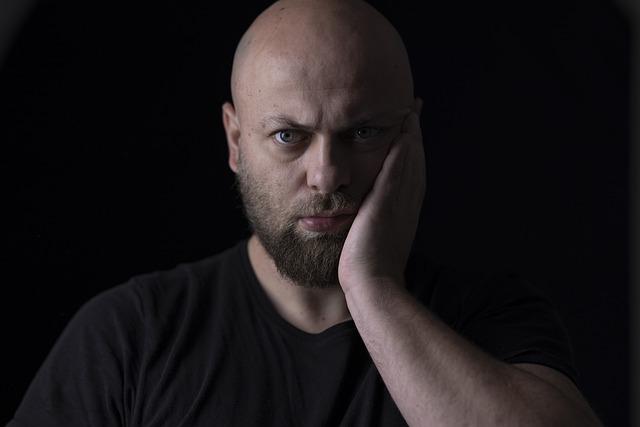An interesting article titled “The Impact of the COVID-19 Pandemic on Orofacial Pain Practice: Perceptions from a Convenience Sample of Orofacial Pain Practitioners,” appears in the 2022 edition of The Journal of the American Dental Association written by Fernanda Yanez Regonesi and et al. The article sought to explore the impact of COVID-19 in patients impacted by orofacial pain.
In the article the authors analyzed voluntary anonymous online survey data from those who participated in a webinar from the American Academy of Orofacial Pain (AAOP) on orofacial pain, headaches, and sleep care during COVID-19. The authors used statistic tools to analyze the responses from the AAOP members to questions relating to orofacial pain practices and perceptions about patient symptoms. A total of 111 practitioners completed the survey from the 617 it was sent to. A total of 47 of these 111 pracitioners were in an an orofacial pain specialty practice, while 26 were general dentists with orofacial pain training, and 22 were from an academic institution.
The practioners who resonded noted an increase in new orofacial pain patients. The five most common symtpoms they felt were aggravated by COVID-19 included masticatory muscle myalgia, anxiety, tension type headache, bruxism,
and insomnia/sleep distrubances. With regard to the perceptions of their patient’s symptoms, 39.6% of providers reported that the onset of their patient’s symptom was sometimes COVID-19-related while 33.0% reported that the onset was often or extremely often COVID-19-related.
Perceptions of symptoms were consistent across different practice settings except in three cases. Those in an orofacial pain specialty practice saw an increase in temporomandibular joint disorders compared to the other two speciality types. Second, general dentists with orofacial pain trainng saw an increase in muscle spasms that was not seen in the other two speciality types. Third, more general dentists with orofacial pain training saw an increase in anxiety in patients than the other two speciality types. It is noteworthy that the authors are aware of other studies in literature that show that anxiety, depression and worrying about the pandemic increase the chances of temporomandibular disorders.

The authors feel that their results just adds to growing evidence that people are reporting more orofacial pain during the COVID-19 pandemic than they were before. They feel that practicioners are more likely to see patients with orofacial pain symptoms and in particular with masticatory myogenous pain and that these symptoms can impact their mental health and sleep quality. The authors state:
“…orofacial pain practitioners have reported an increase in psychological burden along with aggravation of associated parafunctional activities and disruption in sleep.”
Further, the authors mention that telehealth may be an effective treatment option for these patients that do not require any hands-on procedure. The authors noted several limitations of the study. The study used a non-randomized group of practitioners and introduced a recall bias among the participants. Further the study did not collect information regarding the the origin of patients’ pain which resulted in it being ambiguous if the pain complaint was new or just a worsening of a chronic pain complaint.
